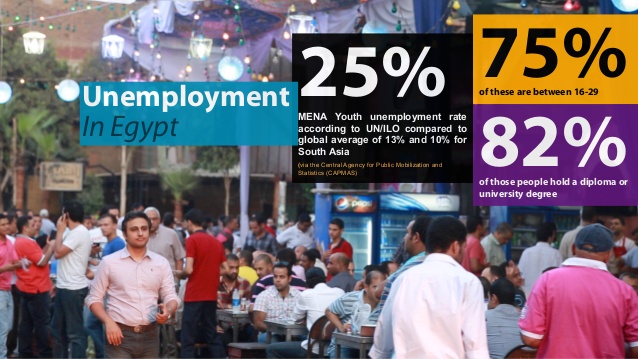Before the 2011 revolution that deposed Hosni Mubarak, Egypt had undergone a few reform periods between 1991 and 2007 in an effort to reduce external debt and expand the role of the private sector. As a result of those reforms, Egypt was able to relax some price controls, tackle double-digit inflation, reduce subsidies and cut taxes.
The government also liberalized trade and reduced barriers to investment, resulting in a reduced public sector footprint in the heavy industries. This ultimately opened doors to private-sector investments in critical economic sectors such as manufacturing and agriculture, with the exception of sugar and cotton, Eurasiareview reported.
This meant Egypt was already poised to benefit from sustained annual GDP growth if the government continued to pursue appropriate economic reforms. These reforms, initiated at the behest of the 1991 Paris Club debt settlement negotiations, went a long way to achieving Egypt’s economic goals as it entered the 21st century.
Accordingly, in 2013 the World Bank promoted Egypt from a low income to a lower-middle-income country based on its country classification categories that are determined by gross national income per capita.
Egypt faced the same economic headwinds as the rest of the world after the 2008 financial crisis that culminated in a painful global economic downturn. It survived that, only to land in the throes of a “revolution” that toppled the Mubarak regime that had controlled the levers of power for nearly three decades.
The transition from Mubarak to Mohammed Morsi was tumultuous and catastrophic, as precious revenues from tourism and foreign investments dried up because of the precarious security situation.
Unemployment, which was already high, skyrocketed while a transition government kept dipping into public coffers to pay for subsidies that kept fuel and food prices artificially low.
The 2008 financial crisis and the January 2011 revolution combined to put enormous pressure on the Egyptian government to finally allow the Egyptian pound to float in 2016 as part of efforts to stabilize a battered economy.
With little investment and government expenditures tied up in subsidies, public sector wages and propping up the Egyptian pound, there was little left over to stimulate much-needed growth and stability.
Political turmoil, social unrest and widespread divisiveness during the short-lived Morsi presidency did little to inspire confidence in Egypt’s markets to attract new investors. In fact, credit rating agencies significantly downgraded Egypt on several occasions as a result of the lack of confidence in Egypt’s ability to meet its financial obligations.
In 2013, Egypt’s current president, Abdel Fattah El-Sisi, removed Morsi from power in a coup, putting an end to a period marred by social, political and economic ills.
Riding on a wave of renewed optimism and an improving security situation, Sisi was now tasked with delivering a strong, stable economy which is still facing daunting structural challenges while having to sustain a population of 95 million, and growing at 2.4% a year—amounting to approximately two million people a year—with official youth unemployment rates of almost 25%.
Fortunately for Sisi’s administration, strong backing by the armed forces and an improving world economy allowing for closer economic cooperation meant that precious political capital could now be expended in order to initiate the painful but necessary reforms to improve Egypt’s battered economy and hopefully put Egypt on a path to long-term economic growth and relative stability, while undertaking some painful but necessary reforms.
Long-term stability and improvements in most Egyptians’ lives would be impossible to achieve without painful changes in Egypt’s economic order. This reality has finally persuaded Egyptians to understand that these structural reforms are necessary and have been delayed for decades for political reasons, making things far more complicated and more painful to change.


